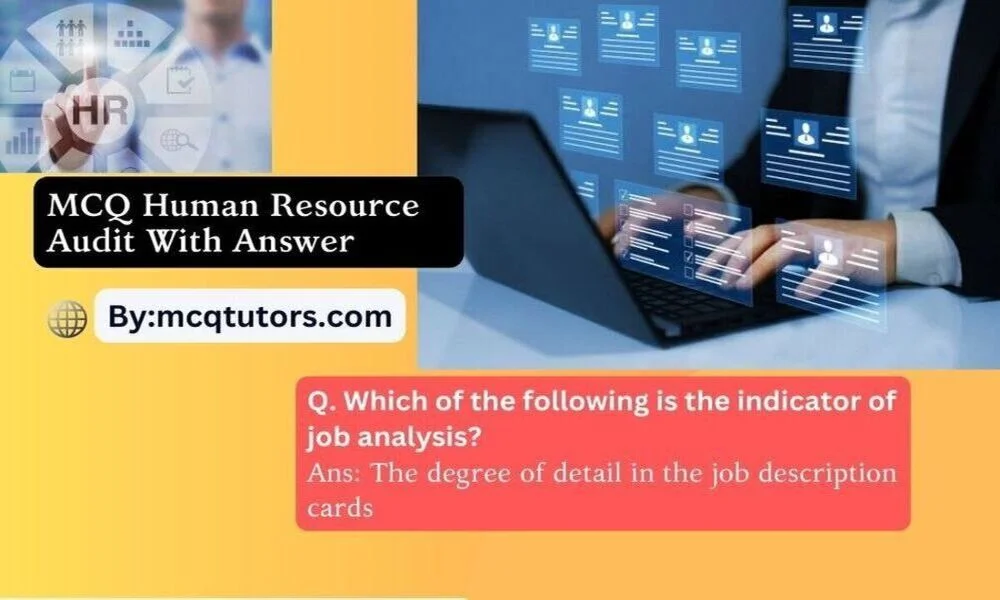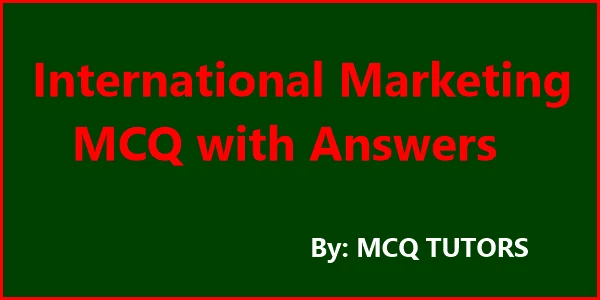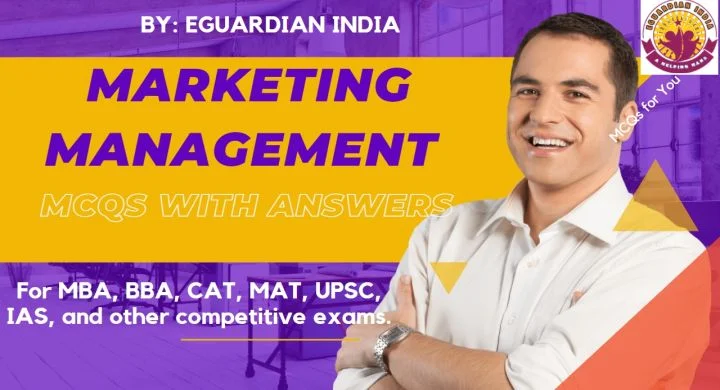Are you looking for Human Resource Audit MCQ with answer in pdf? This article provides an overview into the realm of Human Resource Audit MCQs, outlining their importance and their use as a tool to help understand the complexities of HR Auditing.
Understanding the types of questions, formats and answers associated with these MCQs is essential for anyone who is studying, or considering studying, human resource auditing.

50 Human Resource Audit MCQ with Answer
1. __ is the process of acquiring and utilising human resource in an organization.
A. Human resource planning
B. Human resource development
C. Human resource process
D. Human resource management
Ans. a
2. Which of the following term comprises the processes of attracting, screening, and selecting qualified people for a job in an organisation or firm?
A. Human Resource Planning
B. Remuneration
C. Recruitment
D. On boarding
Ans. b
3. ___ refers to the workforce in the organization and are a relatively modern management term, coined in the 1960s.
A. Human requirements
B. Human resources
C. Human relations
D. Scientific management
Ans. b
4. ___ aim is the overall development of employees, thereby helping the
organisation achieves its goals.
A. Training and development
B. Training
C. Development
D. Recruiting
Ans. a
5. Which of the following is one of the components of HRD audit?
A. Policies of Human Resource
B. Organisation of Human Resource
C. Administration of Human Resource
D. Organisation and Administration of Human Resource
Ans. d
6. Which of the following factor are needed to be considered in HRIS?
A. The process for purging records
B. The way of maintaining employee timesheets
C. The type of HRIS system used
D. The place at which various notices are posted
Ans. c
7. ___ indicates the desired course of action planned by an organisation to achieve HRD goals or HRD outcomes.
A. HRM strategy
B. HRD strategy
C. HR strategy
D. Communication strategy
Ans. b
8. Information is managed in the business unit through _ of various records of the employees and factors related to them.
A. Training
B. Performance evaluation
C. Performance management
D. Documentation
Ans. d
9. _team is any outside consultant firm which provides HR audit solutions to the
organisation requiring it.
A. External audit
B. Internal audit
C. Audit
D. HRD team
Ans. a
10. give an account of the skills, abilities and limitation of its employees.
A. Human Resource
B. Human Resource Department
C. Human resource audits
D. Human resource management
Ans. c
11. The audit of _ are called skills inventory.
A. Managers
B. Employees
C. Stakeholders
D. Non-managers
Ans. d
12. ___ differentiates between two approaches relative to HR auditing, i.e., those centred on the function’s internal aspect, and those centred on the external aspect.
A. Flamholtz
B. Walker
C. Keith Davies
D. David Campbell
Ans. b
13. ___ plays a vital role in instilling a sense of confidence in the management and the HR functions of an organisation.
A. HR audit
B. HRM
C. Administration of Human Resource
D. Human Resource
Ans. a
14. Which of the following method helps auditors to evaluate the work place and work atmosphere?
A. Interview method
B. Observation method
C. Group discussions
D. Workshops
Ans. b
15. In which of the following area, companies may need to conduct the audit?
A. Process of manufacturing of a product
B. Issues regarding losses
C. Performance and recognition
D. Employee policies
Ans. c
16. Auditors use to garner information about HRD systems, processes, styles, and competencies.
A. HR processes
B. Comprehensive questionnaires
C. OD process
D. HR functions
17. Which of the following term that refers to the management of employee schedules?
A. Staffing
B. Planning
C. Training
D. Specifying jobs and roles
Ans. a
18. Which of the following principle of AIDA states that ‘ catch the attention of the target audience’?
A. Interest
B. Desire
C. Action
D. Attention
Ans. d
19. ___ covers background checks of employee.
A. Screening
B. Training expenditures
C. Increase employee productivity
D. Applicant screening
Ans. d
20. Which of the following object deals with the quality of the applicant in the environment?
A. Test environment
B. Stress testing
C. Race conditions
D. Memory leaks
Ans. b
21. Which of the following is an effective tool to communicate with employees?
A. HR audit
B. Customer newsletters
C. Employee newsletters
D. Employee hard work
Ans. c
22. ___ sets out the purpose of a job, whether the job fits into the organisation structure, the main accountabilities and responsibilities of the job and the key tasks to be performed.
A. Job description
B. Organisation
C. Performance appraisal
D. Recruitment
Ans. a
23. Which of the following system should support the organisation’s strategic mission, motivate employees, and reward performance?
A. Administration
B. Sales
C. Auditors
D. Reward
Ans. d
24. ___ enables your organisation to identify talented employees and provide education to develop them for future higher level and broader responsibilities.
A. Succession planning
B. Performance management
C. Succession decision
D. Promotion
Ans. a
25. Audit of ___ function is required because of the introduction of new technologies, need for more skilled and educated workers, cultural sensitivity requirements, team involvement, problem solving and better communications skills.
A. HR planning
B. HR development
C. HR management
D. HR
Ans. b
26. Which of the following suggests future improvements based on measurement of past activities?
A. Audit planning
B. Employee performance
C. Audit of training
D. Hr audit
Ans. c
27. HR audit covers ___ of personnel policies, procedures and legal provisions.
A. Audit of managerial compliance
B. Audit of training
C. Audit of HR
D. HR practice
Ans. a
28. Which of the following is the indicator of job analysis?
A. Qualification
B. The degree of detail in the job description cards
C. Nationality
D. Years of service
Ans. b
29. Which of the following question is planned for the HR function called recruitment?
A. Who selects candidates for interviews?
B. How is paid time-off documented?
C. Is an HRIS system being used, and if so, which one
D. What is the interface between HR and finance?
Ans. a
30. The audit team should consistently be in contact with the _ to clarify processes, gain access to documents and clarify procedures.
A. HR manager
B. Audit manager
C. HR
D. Corporate auditor
Ans. d
31. The HR scorecard is an instrument that enables managers to improve the in the organisation.
A. HR audit
B. HR policies
C. HR function
D. Employee performance
Ans. c
32. Which of the following factor should be considered for the business context of HR?
A. Performance management
B. Cost-effectiveness and cost-consciousness among employees
C. Internal customer satisfaction
D. The way HR functions are currently measured
Ans. d
33. Which of the following factor has to be known in order to achieve the HR scorecard?
A. What the company’s strategy is?
B. What the company’s policies are?
C. What the HR strategy is?
D. What the employee strategy is?
Ans. a
34. The scorecard is a ___ design that changes with the business.
A. Inorganic
B. Organic
C. Hierarchy
D. Development
Ans. b
35. ___ provides clear focus to support the development of staff in order to deliver the best possible services.
A. HR framework
B. HR auditors
C. Competency framework
D. Generic competency framework
Ans. c
36. assists in providing management with impartial information on which human resources decisions can be taken.
A. Competency management
B. HR audit
C. HRD
D. Performance management
Ans. a
37. _forms an excellent tool for optimising the human capital.
A. Competency management
B. Competency mapping
C. Competency framework
D. Competencies gaps
Ans. b
38. Which of the following factor serves several purposes that enable an organisation to improve and develop its staff and services?
A. Management competency framework
B. Generic Competency Framework
C. Competency management
D. The competency framework
Ans. d
39. ___ part of an HR audit, various documents and materials are prepared before hiring new staff.
A. Pre-requirements
B. HR
C. Pre-employment requirements
D. Employment requirement
Ans. c
40. should be mentioned on the offer letter so as to avoid future legal problems.
A. Position being offered every month
B. Salary offered monthly
C. Policies of the company for work deliveries
D. Extra working hours
Ans. b
41. Which of the following law is related to industrial relations?
A. The Payment of Wages Act, 1936
B. The Payment of Bonus Act, 1965
C. The Working Journalist Act, 1958
D. The Trade Unions Act, 1926
Ans. d
42. _should be considered while recruiting new employees.
A. Current employees
B. Interviewing standards
C. Interviewers
D. The handbook
Ans. a
43. ___ conducted a research study to identify the factors influencing the use of audit as a change tool and studied four organisations that had got their HRD audited.
A. Pareek
B. Rao’s
C. Jomon
D. CEO of organization
Ans. c
44. A series of HRD departments were established by the and its associates in
India and by the late seventies, the concept of HRD and the need for having separate HRD departments was being realised all over India.
A. Bank of Baroda
B. State Bank of India
C. Central Bank of India
D. Axis Bank Ltd
Ans. b
45. In ___ model of HRD department, the objective of this department is to facilitate the environment of learning and change in the organisation so as to achieve the organisational goal.
A. MacDuffie
B. Krafcik
C. Ostroff
D. Pareek and Rao’s
Ans. d
46. approach involves methods based on the costs incurred by the company, with regard to an employee.
A. The cost
B. The economic value
C. HR costs
D. HR investments
Ans. a
47. Which of the following suggest a rationale behind human resource valuation?
A. Employee dedication
B. Establishing employee confidence
C. Monitoring performance
D. Guarantee to investor
Ans. c
48. The performance of an organisation depends mainly upon the quality of its ___.
A. HR development
B. Human capital
C. HR audit
D. Human resource valuation
Ans. b
49. ___involving HR experiments are also sometimes conducted by using experimental and control groups.
A. Audit
B. HR department
C. HR function
D. Research
Ans. d
50. Which of the following groups may be formed across sites, or across departments?
A. HR
B. Audit
C. Experimental and Control
D. Research
Ans. c
Conclusion:
Conducting a human resource audit is essential to any organization. It helps identify areas of improvement, corrects problems and ensures that policies are followed.
A human resource audit also provides an opportunity to assess the performance of staff and creates a more efficient workplace.
Additionally, it helps mitigate risk related to employee behavior as well as ensures compliance with regulations.
By utilizing these tips, businesses can gain a better understanding of their own HR practices in order to make improvements and create a successful working environment for their team.
Read more:



